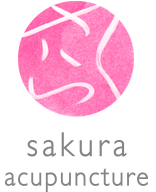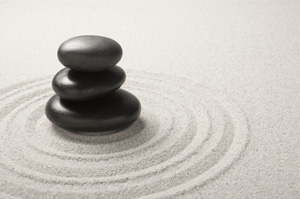Japanese Acupuncture
Traditional Japanese Medicine – Meridian Therapy
Acupuncture was introduced to Japan from China in the 6th century and it took its own evolutionary process. Traditional Japanese acupuncture, Meridian Therapy, is known for its own uniqueness. Its theoretical foundation is derived from the early classic texts of Chinese medicine: Nei Jing, Su Wen, Ling Shu and primarily Nan Jing (250 A.D.).
Many practitioners of Medirian Therapy in Japan are blind and have developed extraordinary sensitivity to Qi through this practice. These skills demand far greater precision and care than normal acupuncture using the minimal amount of stimulation to attain the greatest results. While this is a challenge for the practitioner, it is very attractive for the patient – good results with no pain.
Meridian Therapy places strong emphasis on the use of (1) abdominal palpation, (2) pulse diagnosis, (3) meridian palpation, (4) sensory awareness of Qi arrival, (5) root and branch treatments, (6) direct moxibustion, (7) inter-dermal acupuncture, and (8) pediatric acupuncture.
- Abdominal palpation
- Pulse diagnosis
- Meridian palpation
- Sensory awareness of Qi arrival
- Root and branch treatments
- Direct moxibustion
- Inter-dermal acupuncture
- Pediatric acupuncture
Even moxibustion is done differently. In the tradition of the minimalism and elegance which is the characteristic of Japanese culture, when moxa is burnt on the skin, it is of the highest refinement, and is rarely larger than pieces the size of sesami seeds.



